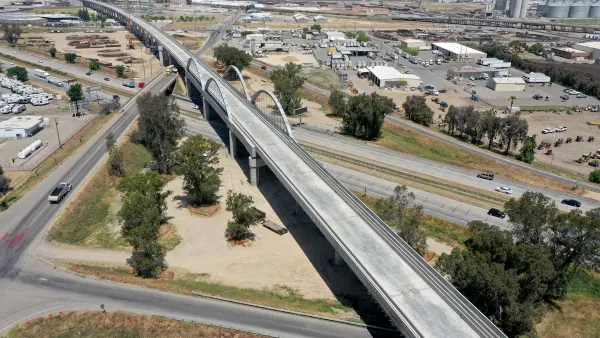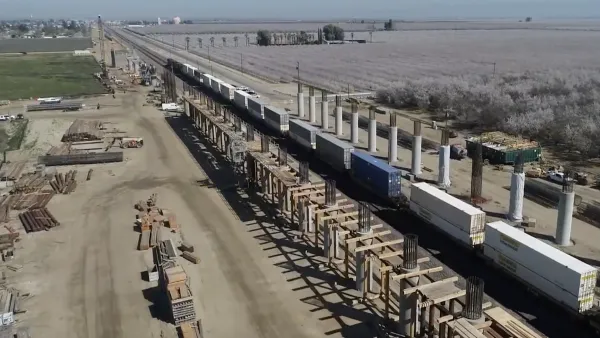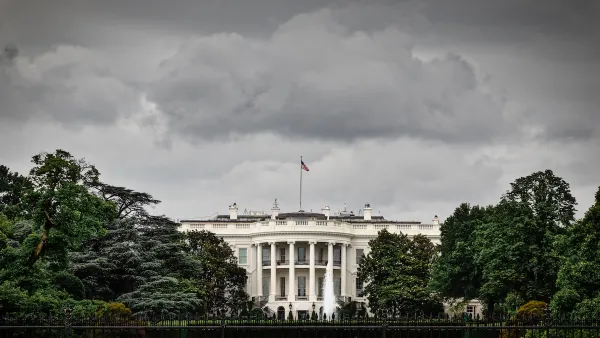Anthony Flint of the Lincoln Institute of Land Policy says the way to save high-speed rail policy is to focus on getting the two trains with the best chance of success on track.
The Lincoln Institute of Land Policy recently released a new report, High-Speed Rail: International Lessons for U.S. Policy Makers. The report says explains why it is a good idea to focus on California and the Northeast:
"These are connections between major cities that are too short to fly, and too long to drive, and could potentially open up labor markets in much the same way it works between cities in Europe. The projects are ambitious, face alignment challenges, and are not cheap – $50 billion for California (approved by citizens in a ballot question) and potentially $100 billion for a Northeast corridor replacement of the Acela, using new tracks in Connecticut and Massachusetts. But they promise a return on investment, as the international experience shows, and would create lots of jobs – 450,000 jobs through 2035 in California, according to that state's HSR Authority, and 44,000 jobs annually over 25 years plus 120,000 permanent jobs for the Northeast corridor, according to Amtrak."
For more coverage of high-speed rail, visit our sister site, The Railist.
FULL STORY: Can High Speed Rail Be Saved?

Analysis: Cybertruck Fatality Rate Far Exceeds That of Ford Pinto
The Tesla Cybertruck was recalled seven times last year.

National Parks Layoffs Will Cause Communities to Lose Billions
Thousands of essential park workers were laid off this week, just before the busy spring break season.

Retro-silient?: America’s First “Eco-burb,” The Woodlands Turns 50
A master-planned community north of Houston offers lessons on green infrastructure and resilient design, but falls short of its founder’s lofty affordability and walkability goals.

Test News Post 1
This is a summary

Analysis: Cybertruck Fatality Rate Far Exceeds That of Ford Pinto
The Tesla Cybertruck was recalled seven times last year.

Test News Headline 46
Test for the image on the front page.
Urban Design for Planners 1: Software Tools
This six-course series explores essential urban design concepts using open source software and equips planners with the tools they need to participate fully in the urban design process.
Planning for Universal Design
Learn the tools for implementing Universal Design in planning regulations.
EMC Planning Group, Inc.
Planetizen
Planetizen
Mpact (formerly Rail~Volution)
Great Falls Development Authority, Inc.
HUDs Office of Policy Development and Research
NYU Wagner Graduate School of Public Service




























